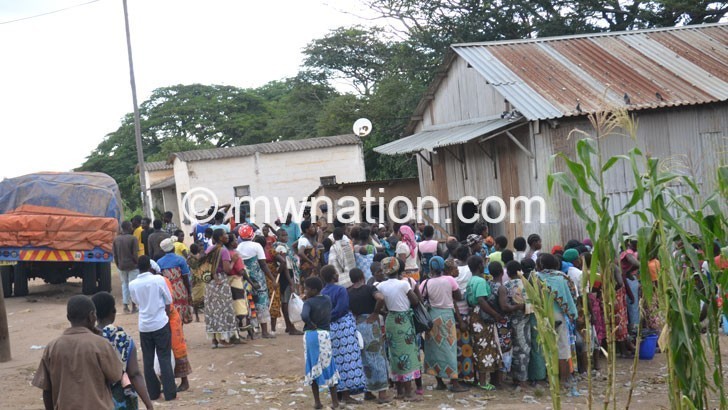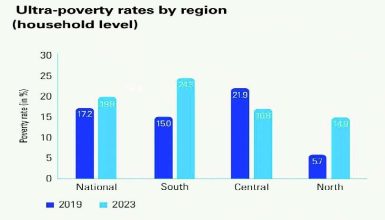High maize prices blamed on Admarc
Consumers Association of Malawi (Cama) has attributed the sharp rise in the prices of maize to the closure of State produce trader Admarc, which is subjecting consumers to harsh market realities.
Effective September 1 this year, Minister of Agriculture Lobin Lowe closed Agricultural Development and Marketing Corporation (Admarc), citing high levels of corruption, theft and professional negligence.

The minister said this was part of government’s plan to come up with a turn around strategy from the loss-making parastatal into a viable entity.
But speaking in in interview on Tuesday, Cama executive director John Kapito said consumers are now buying the staple grain at K22 000 per 50 kilogramme bag, a 30 percent rise from K17 000 before the closure of the Admarc.
He said consumers are suffering a double blow as they are exposed to expensive maize from traders with no any other option.
Said Kapito: “With Admarc out of the picture and little supply of maize on the market this year, maize prices continue to rise as a result of lack of competition and a reliable market like Admarc.
“This has left consumers at the mercy of unscrupulous traders who are taking advantage of the high demand for maize and unavailability of other reliable markets, subjecting consumers to harsh market realities.”
Meanwhile, in its August maize report for Malawi, International Food Policy Research Institute (Ifpri)said there were no maize sales in Admarc markets, with prices continuing to rise.
Speaking in an interview on Tuesday, agriculture policy development analyst Tamani Nkhono-Mvula observed that in most cases, traders take advantage of every little situation in State institutions responsible for strategic commodities such as maize to exploit consumers
He said: “What institutions such as Admarc do is that in situations where maize prices are going up, they supply maize on the market at reasonable prices. In the absence of Admarc, there is no means and ways for government to release maize on the market.
“Government usually puts consumer subsidies through Admarc, but now that we do not, it will be a challenge for consumers to access maize at reasonable prices as the only option will be traders who determine prices depending on demand.”
Nkhono-Mvula urged the government to consider re-opening Admarc so that it is able to control the market by releasing maize on the market at a time the grain is in short supply and prices are high.
In Malawi, maize, which is the country’s staple food, traditionally impacts the country’s economy given its skewed influence in determining inflation rates.
The country’s headline inflation has been on the rise and is currently at 25.2 percent as of August on account of rising food and non–food prices.
The figures show that food inflation went up 33.4 percent, a rise from 32.5 percent the previous month while non-food inflation rose to18.2 percent in August from 17.5 percent the previous month.
For average income earners, this development is tough to afford basic needs.
Centre for Social Concern Basic Needs Basket shows that the cost of living, which is the cost of maintaining a certain standard of living, rose by about K21 000 in August .
This means a family of six now needs K307 000 to survive in a month, a rise from K288 000 per month recorded in July.
Economic statistician Alick Nyasulu has since indicated that rising inflation needs policy interventions to protect the welfare of people.





